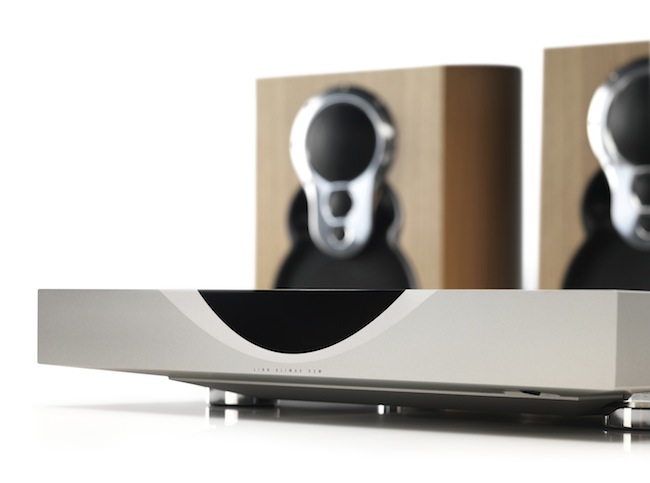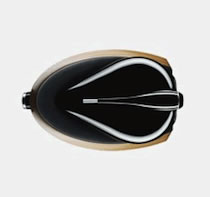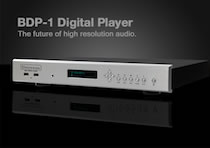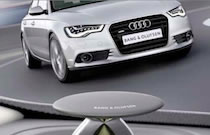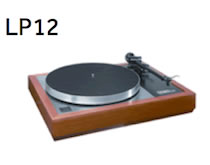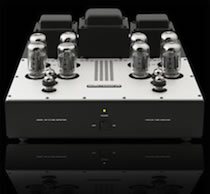|
Digital Stream Players As we swim in a world of iPods, Streaming Audio, and “many lettered acronyms” like FLAC, WAV and AAC; let’s investigate one of the key components that is gaining popularity, the Digital Stream Player. Quality versus Convenience We are usually forced to choose between convenience and quality when it comes to the source material for our music. The iPod for example is most convenient to access any track from thousands of songs almost instantaneously. On the other hand a hi-end single disk CD player will sound a lot better than an iPod. The Digital Stream Player tries to bridge that gap by providing the convenience of digitally stored music with high quality audio electronics. Digital Audio Options There are three basic ways to listen to hi-fidelity Digital Audio in the home environment. 1. Using the digital out from an iPod or similar device. Music stored lossless on the iPod can produce decent quality sound when the digital output of the iPod is employed. The analog output of the iPod does not fit the basic definition of Hi-Fi and will not be considered here. 2. Using the USB or digital output from a computer. Many good quality DACs (Digital to Analog Converter) are available today that produce fairly low jitter audio from a Mac or PC. 3. Streaming the digital audio from a NAS (Network Attached Storage). This is the holy grail of HiFi digital audio. The jitter rate can be extremely low and the source drive (NAS) can be located in a different room. Note: Some companies provide a one-box solution that includes the computer components such as a hard disk, the Operating System and supporting electronics. Basic Configurations The Linn DS is perhaps the best example of a Digital Stream Player. The basic architecture is as follows: A) The music is stored on a NAS drive. This is basically a computer hard disk with a music server on board. For best quality you should rip red book CD’s (standard music CD) with 44.1KHz, 16 bits. Higher resolution music files are available from a growing number of online music stores. These include B&W Music, Linn Records and others. Apple has so far not embraced these High Definition formats in the iTunes store. B) Connect the Stream Player via a standard Ethernet cable to the NAS. There is no proprietary protocol here and so this provides the flexibility to access your music anywhere on your home computer network. C) Hook up your Stream Player to your Amplifier and Speakers and you are done. This is potentially the best quality digital music system available. The Digital Stream player can potentially play your music CD’s better than the most expensive CD player. This is because in all CD players (yes, even the ones costing more than $30,000), the disk is read in realtime and error correction applied in realtime. The read errors could potentially affect the final audio out since the error correction system cannot spend all day figuring things out. When you rip the CD to a hard disk, the software can spend a lot of time making sure that every bit is ripped correctly.
|
|

